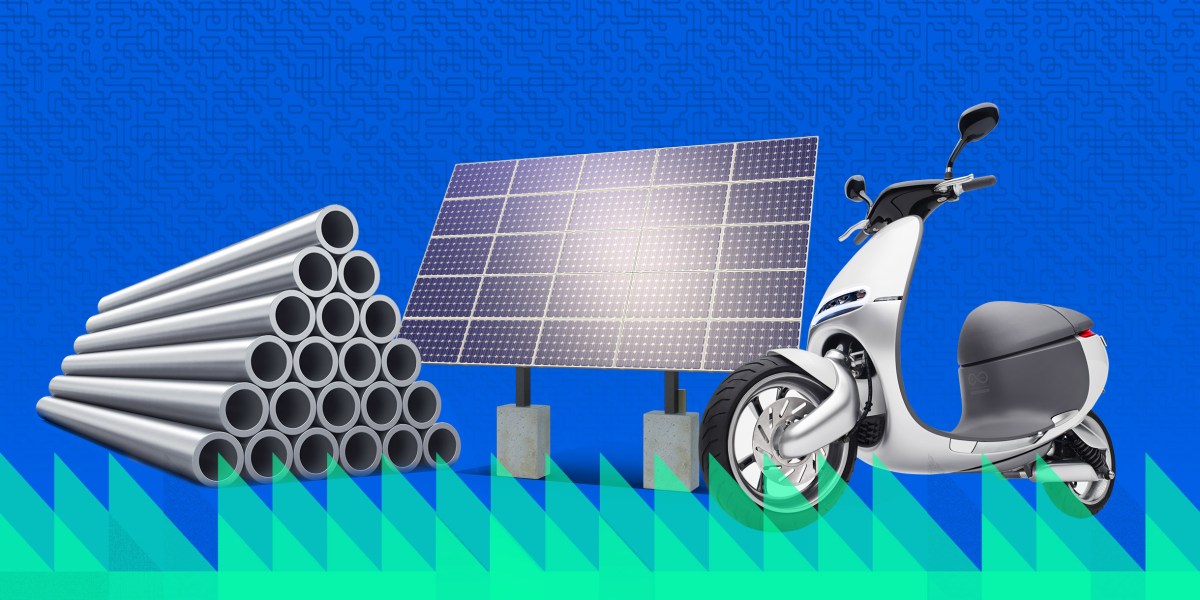
Ørsted
What: Ørsted is a key player in renewable energy, particularly in Europe. The company had installed 15.1 gigawatts of renewable energy capacity worldwide as of 2022, and it plans to triple that by 2030.
Ørsted has been especially central to developing new offshore wind power. The company operates wind farms in Denmark, Germany, and the UK and plans to expand to new markets, including the US.
Offshore wind tends to be more expensive than both land-based wind power and solar, but it could still play a central role in powering coastal communities. In the US, nearly 80% of electricity demand occurs in coastal states or near the Great Lakes, places where offshore wind could help meet demand. Offshore winds are often stronger and tend to be more consistent than winds on land, providing a more constant electricity supply than solar, for example.
Why: Ørsted is a great example of a company we included because of its work in scaling existing technologies. It has invested in commercial-scale offshore wind projects and helped expand the supply chains needed to support them. In addition, Ørsted is pushing into new technologies, like fuels that can be made using renewable electricity.
I’m also fascinated by the pivot Ørsted has made over the past 15 years. The company used to primarily operate fossil fuel assets; as of 2008, 85% of its heat and power generation came from fossil fuels. Today, renewables make up 91% of the company’s capacity.
Blue Frontier
What: Blue Frontier is building a new, more efficient air conditioning system by splitting up the work of cooling and reducing humidity.
The device uses materials called desiccants to suck moisture out of the air, reducing humidity. It then uses a technique called evaporative cooling to lower the temperature. (For more on how it works, check out this story.)
Blue Frontier is still in the early stages of building its technology, with two demonstration units running and a few dozen more planned for 2024. But it says its process is up to three times more efficient than a conventional air conditioner and could cut total energy consumption by AC units by 60%.
